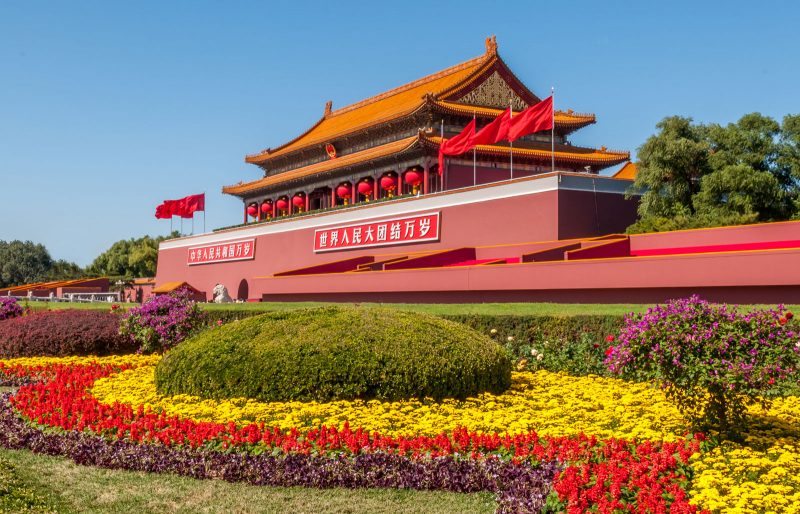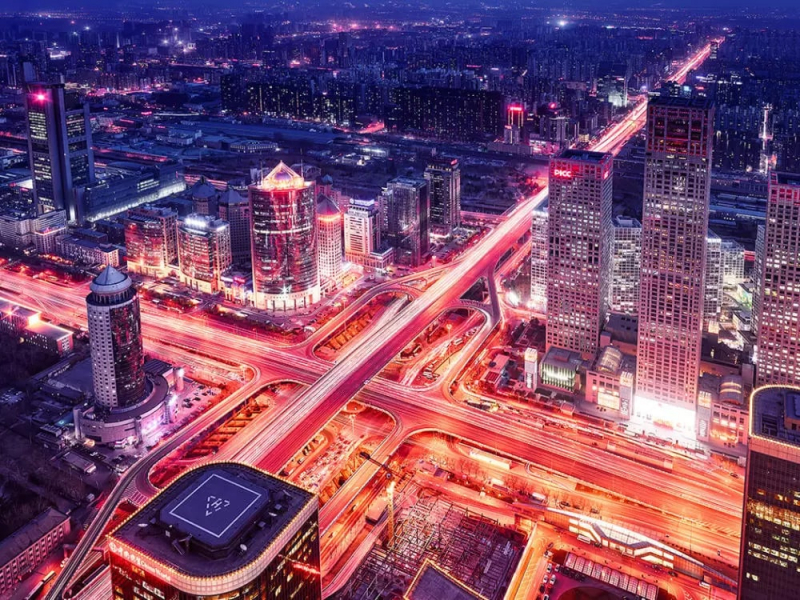Beijing, China

Population: 20.41 million
Beijing is China's capital and is situated in the North China Plain. From being one of China's Four Ancient Capitals to foreign occupation and civil conflict in the twentieth century, the city has had a turbulent history. Following the Revolution, Beijing grew into an industrial powerhouse. In 1949, there was a Communist revolution. Automobiles, textiles, petrochemicals, aerospace equipment, and semiconductors are just a few of the products manufactured in the city. Beijing has a population of more than 20.46 million people. Beijing is home to seven UNESCO World Heritage Sites, making it a cultural capital.
Some tourist attractions in Beijing, China.
National Palace Museum, also known as the Imperial City, is located in the center of Beijing. This is the palace of the king dynasties from the middle of the Ming dynasty to the end of the Qing dynasty in China. In 1961, it was recognized as one of the first national cultural monuments. This place was recognized by UNESCO as a world cultural heritage in 1987. Inside the Forbidden City is the Palace Museum. To get to the Imperial City, go through Tiananmen Square, and it is located at the back of Jingsan Mountain, near Wangfujing Market in the East and Zhongnanhai Market in the West.
Temple of Heaven is a palace built in the Qing Dynasty, located 15 km west of the center of Beijing. This place is famous for the typical garden architecture of China. It is also the most well-preserved imperial palace in China up to the present time. It has one of the four most famous gardens in China. The area of the Temple of Heaven is about 290 hectares. The design of the Temple of Heaven is inspired by Kunming Lake, Wanshou Mountain, Hangzhou West Lake. It was built and completed from 1750 to 1764, third four of the area is water.











